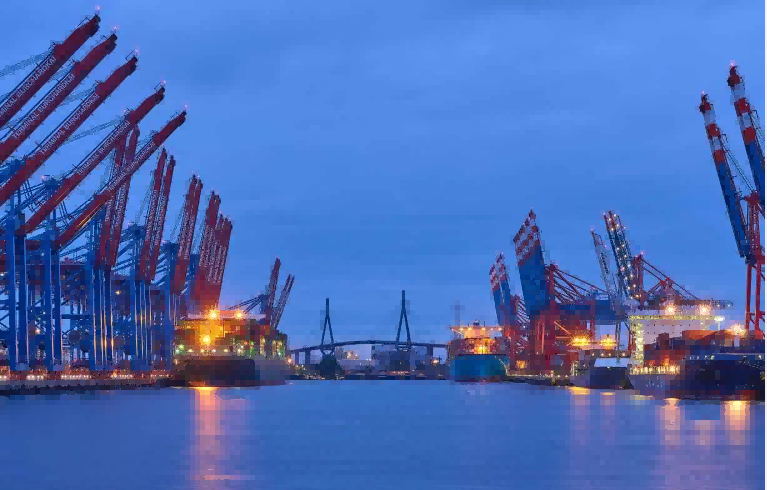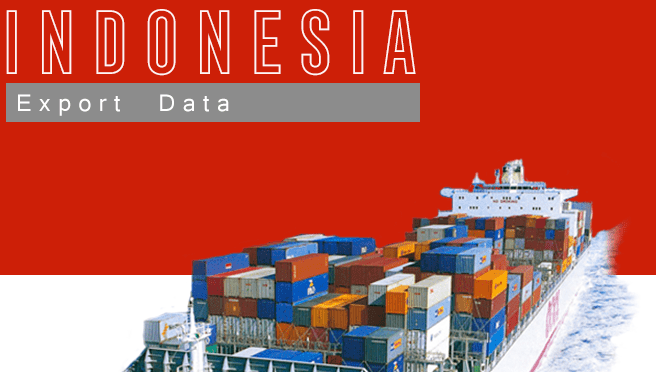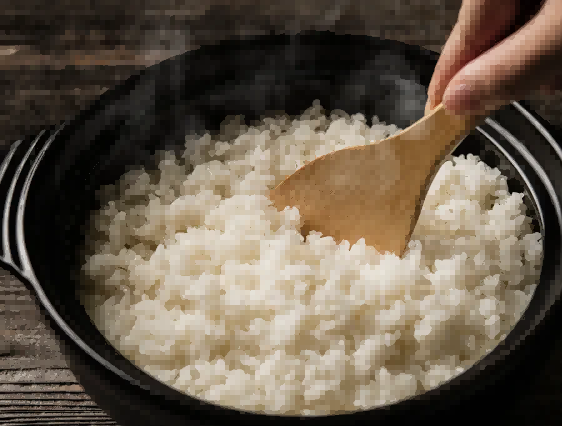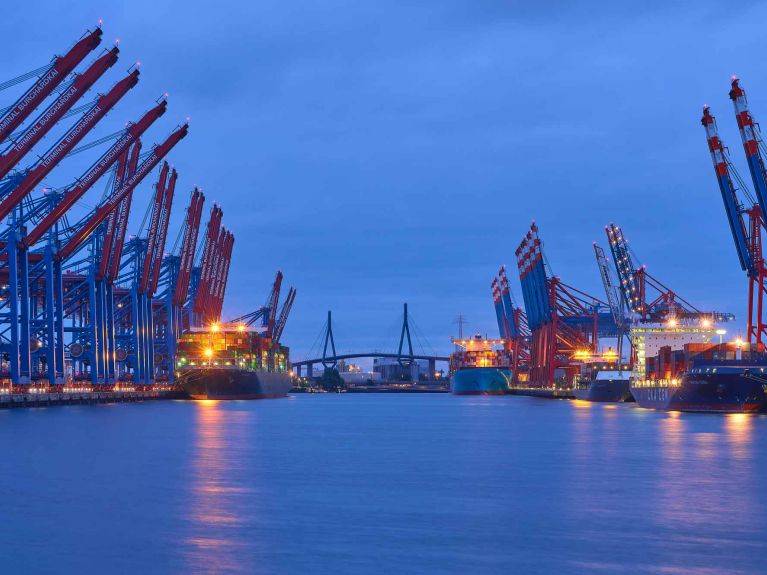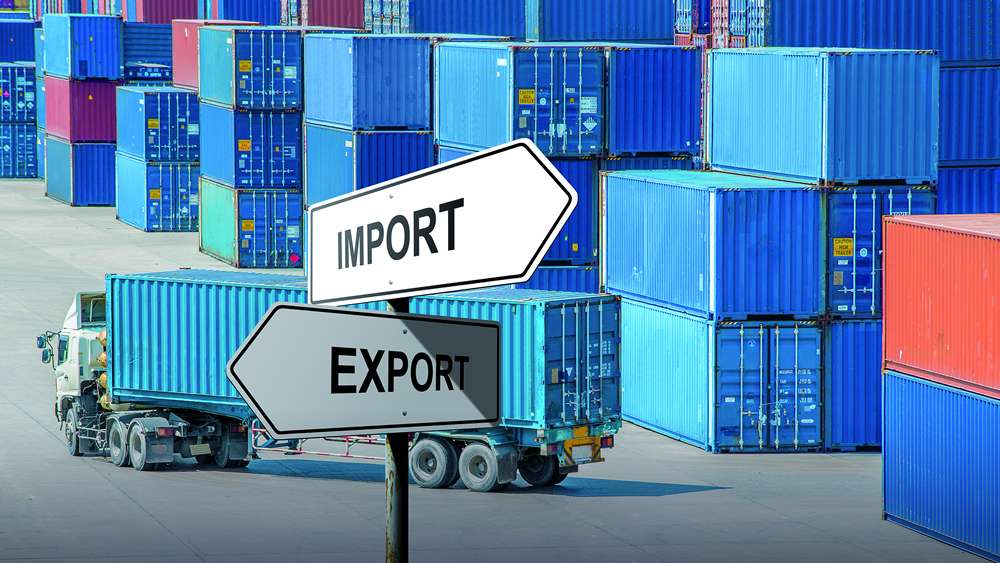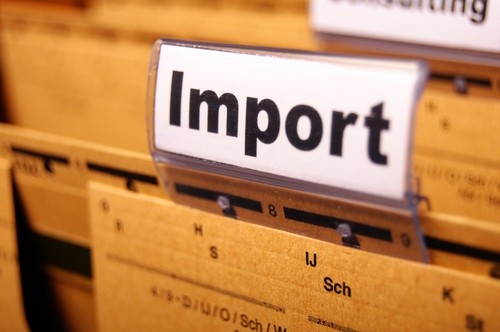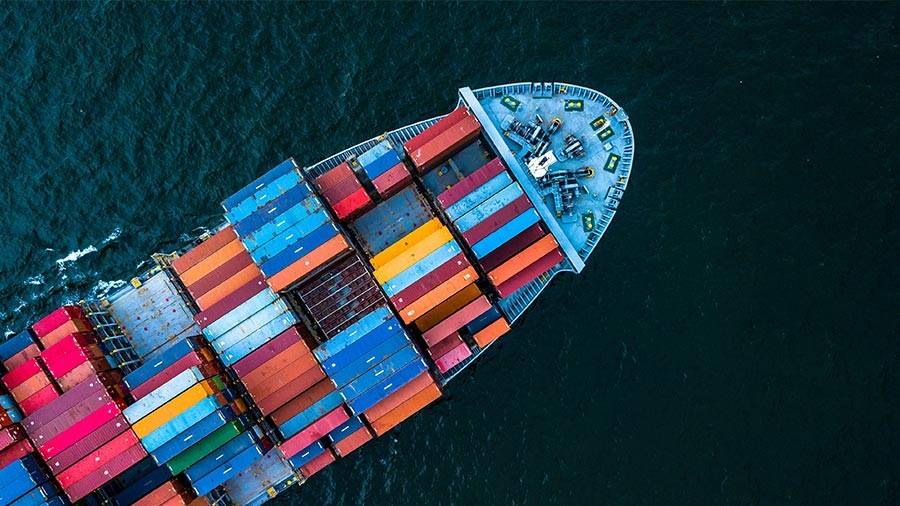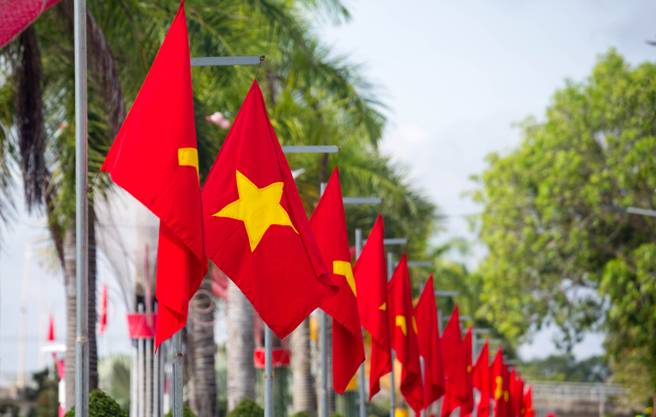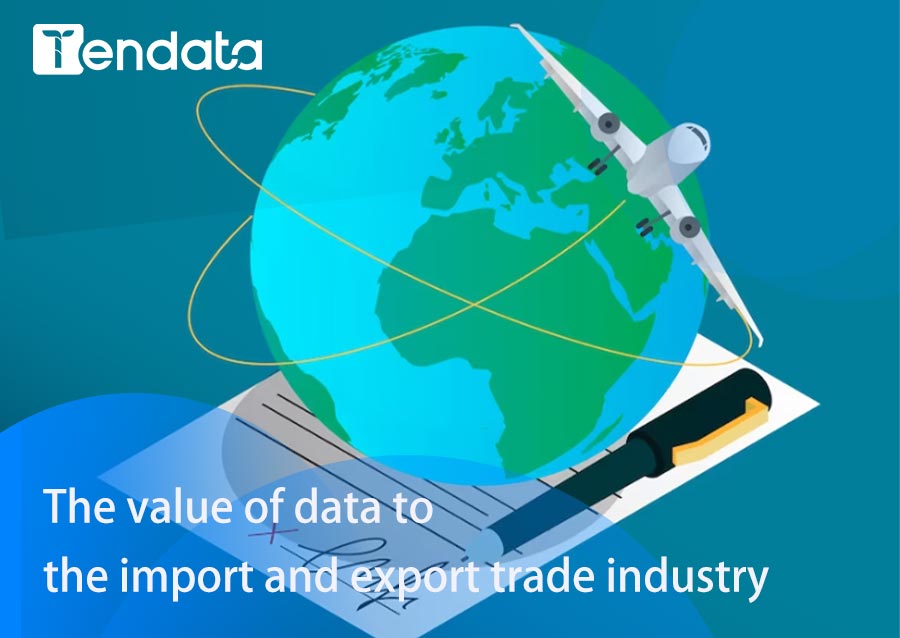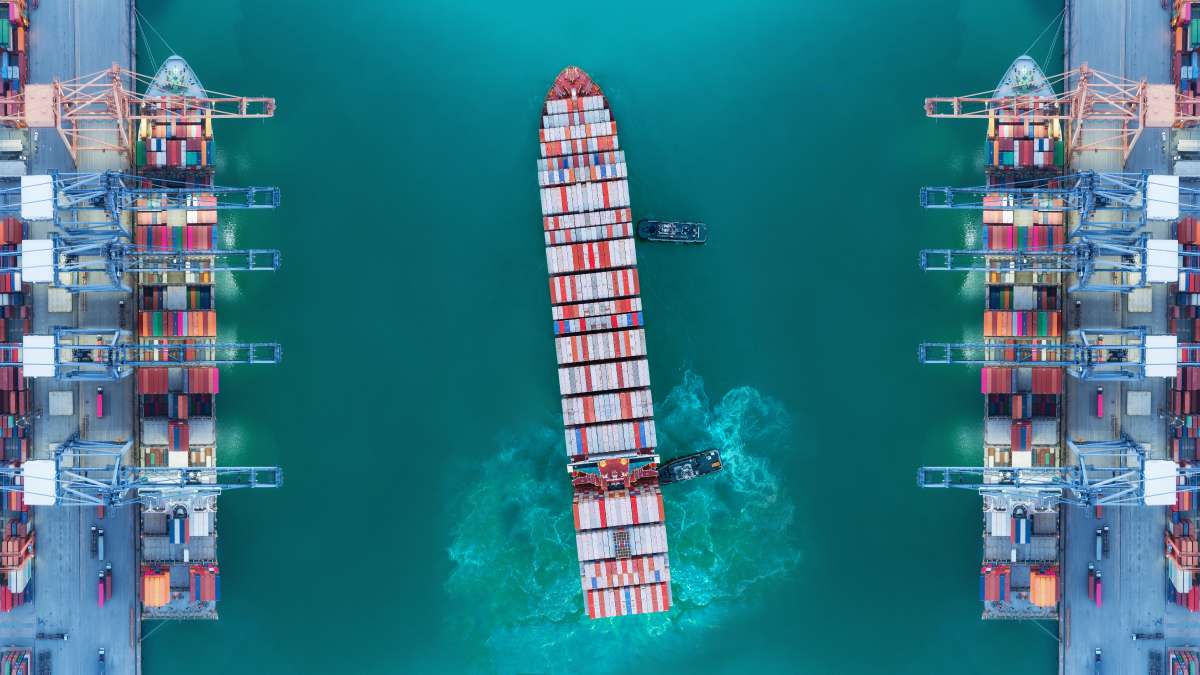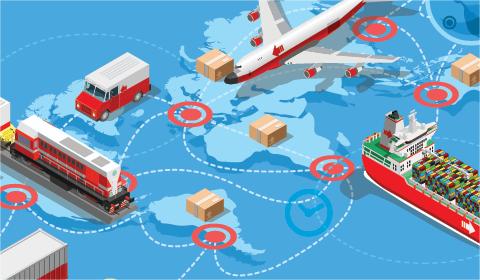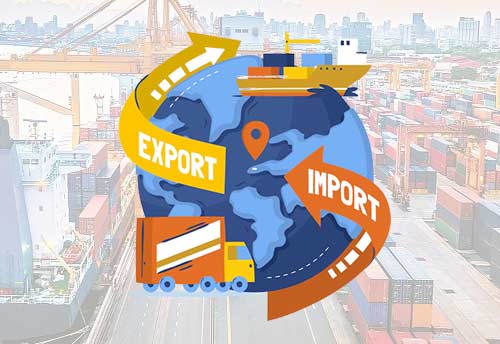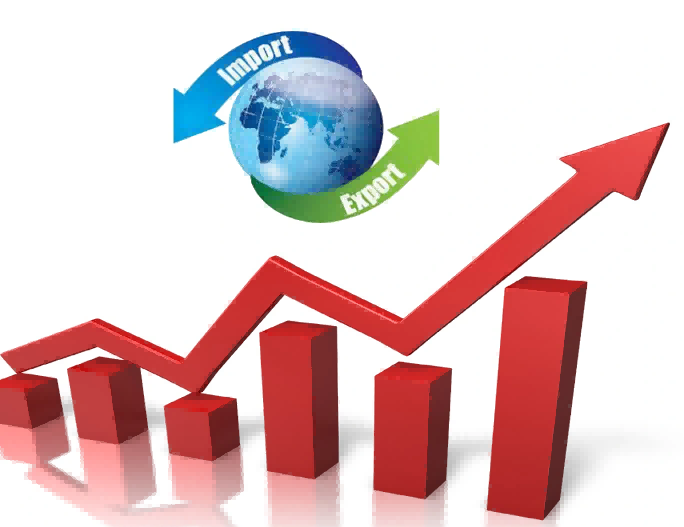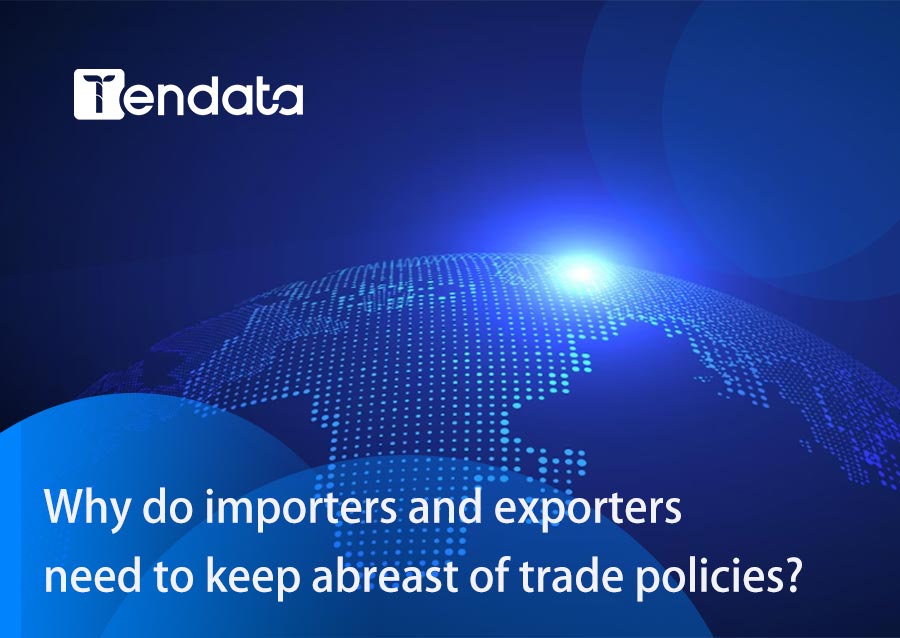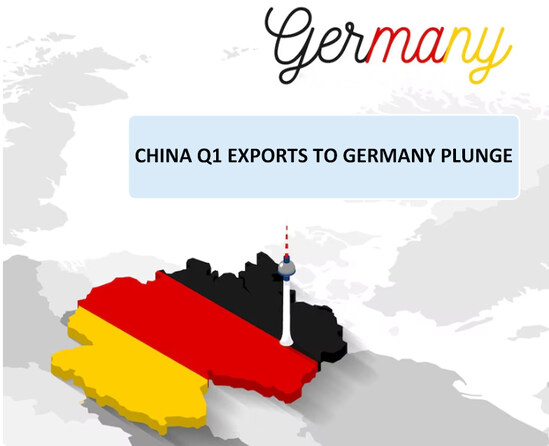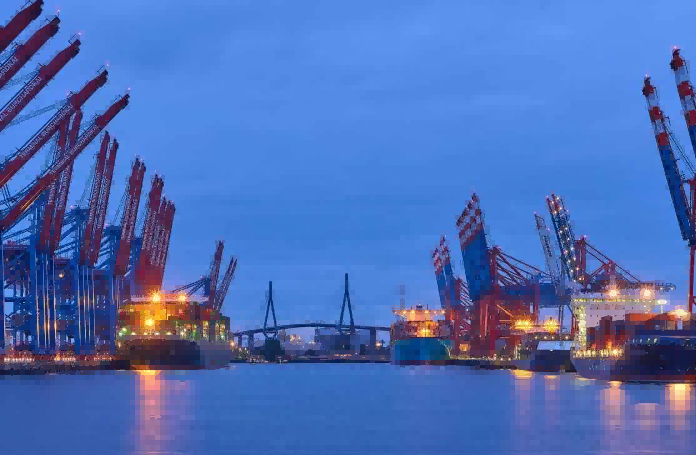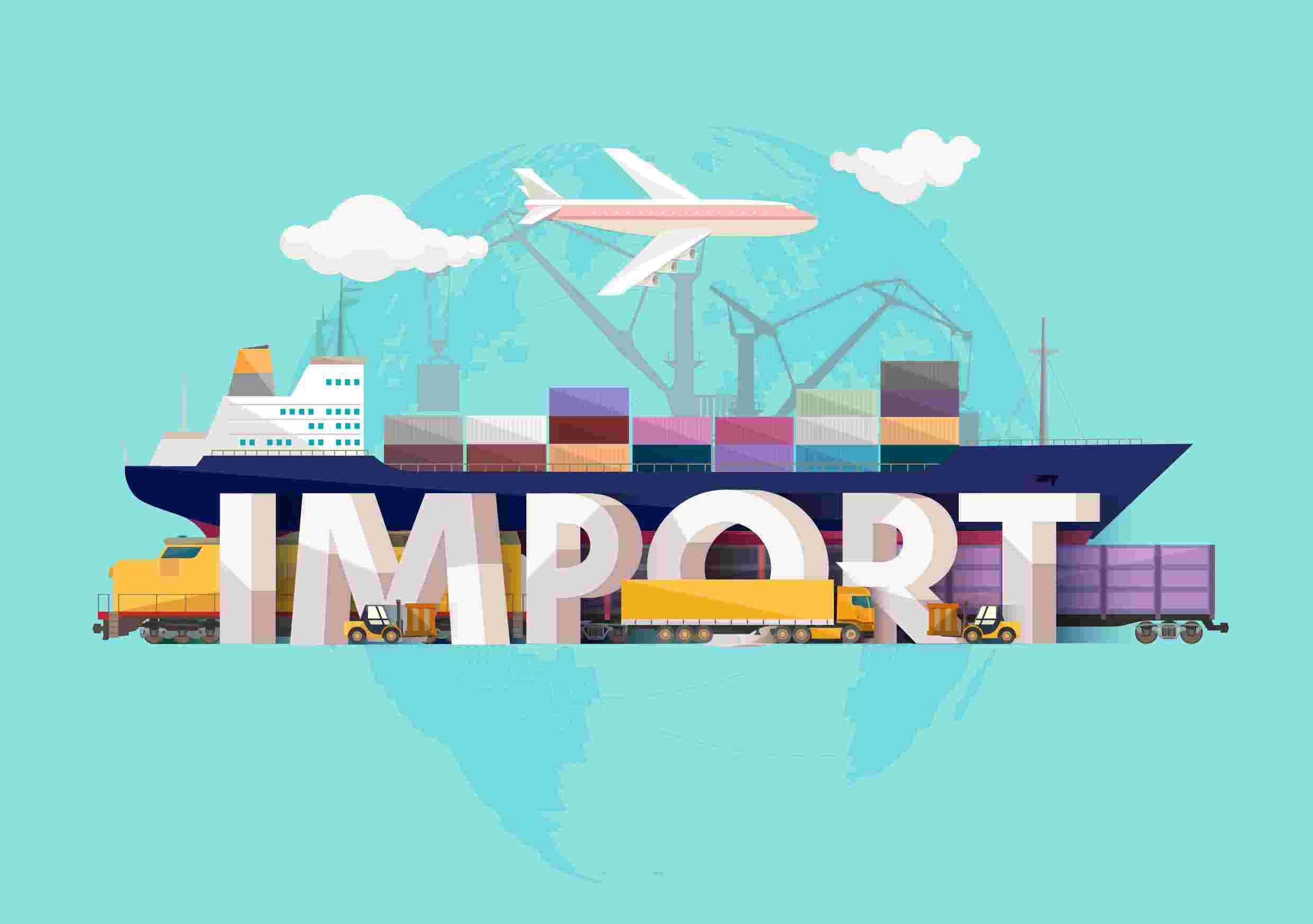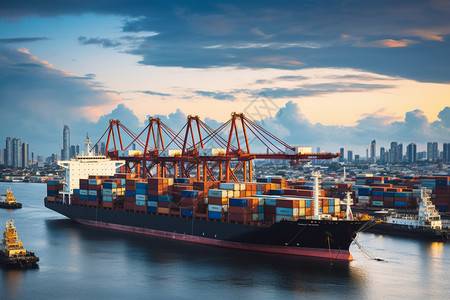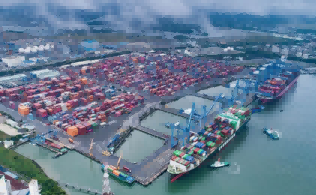 Export News
Export News
 2025-08-26
2025-08-26
The Philippines is rich in mineral resources, including metallic minerals such as copper, gold, nickel, chromium and iron, as well as non-metallic minerals. In addition, the Philippines is also renowned for its rare jade resources, which provide significant support for the country's export trade. Marine resources are also an important asset of the Philippines, making it one of the world's largest exporters of cod, sardines and scallops. The exports of the Philippines thus have unique advantages.

According to the data from the International Monetary Fund, the total GDP of the Philippines in 2024 was 461.5 billion US dollars, representing a year-on-year growth of 5.7%. In June 2025, the Philippines' exports increased by 26.1% year-on-year, reaching 7 billion US dollars. This is the fastest growth since April 2024. The growth in exports was mainly due to a significant increase of 130.9% in gold exports. In addition, other mineral products increased by 94.8%, machinery and transportation equipment by 72.7%, and other manufactured goods by 25.9%.
Here, let's take a comprehensive look at a detailed analysis of the top 10 exports in Philippines:
1. Electronic Machinery (31.5%)
The Philippines has the highest proportion of electronic and mechanical exports, indicating that the country has strong global competitiveness in the electronics manufacturing industry, especially in the production of semiconductors and components. With the global demand for smart devices and digital technologies growing, the industry's exports will continue to maintain a strong upward trend.
2. Mineral Fuels and Oils (18.2%)
Mineral fuels and petroleum products are important energy export projects for the Philippines, mainly benefiting from international energy demand and price fluctuations. Despite the global push for energy transition, the export of this category can still bring stable foreign exchange earnings to the country in the short term.
3. Machinery and Mechanical Appliances (12.5%)
The export of machinery and equipment from the Philippines demonstrates the country's expansion potential in the industrial manufacturing sector. These products are widely used in construction, manufacturing and infrastructure projects, reflecting the strengthening of the industrial chain ties between the Philippines and emerging markets.
4. Copper and Copper Products (9.8%)
The export share of copper and its products is relatively large, benefiting from the abundant copper resources in the Philippines and the long-term demand of the global power and electronics industries. Especially in new energy, electric vehicles and power grid upgrades, the consumption of copper has continued to increase, providing long-term support for this export.
5. Fruits and Vegetables (6.3%)
Agricultural product exports remain a traditional strength of the Philippines, especially tropical fruits such as bananas and pineapples, which are in high demand in the international market. This section not only supports agricultural development but also reflects the stable position of the Philippines in the agricultural product supply chain.
6. Electrical Machinery (5.7%)
Electrical and mechanical products are closely related to the electronics industry and are an important supplement to the export structure of the Philippines. With the strengthening of the manufacturing cluster effect in Southeast Asia, exports in this field are expected to continue to grow.
7. Gold (4.5%)
The export of gold reflects the strategic value of the Philippines' mineral resources. Due to the fluctuations in international gold prices driven by safe-haven demand, gold exports have provided a certain guarantee for the Philippines' foreign exchange reserves.
8. Textiles and Garments (3.6%)
Textiles and clothing are labor-intensive industries that provide a large number of job opportunities for the Philippines. Despite competition from countries such as Vietnam and Bangladesh, Philippine products still have a certain export share thanks to their quality and specific market positioning.
9. Chemicals (3.2%)
Although the proportion of chemical product exports is not high, it shows the diversity of the industrial categories in the Philippines. In the future, with the development of the pharmaceutical and new materials industries, this category is expected to achieve further growth.
10. Petroleum Products (2.9%)
The export of petroleum products is constrained by international oil prices and refining capacity. Although the proportion is not large, it is of great significance to the balance of the energy industry chain in the Philippines. Such products are also closely linked to regional energy trade.
These top 10 export items represented a significant 98.7% of the Philippines' total export value for 202025. It's evident that the fastest-growing export categories were Electronic machinery (USD 4.32 billion) Mineral fuels and oils (USD 2.35 billion), and Machinery and mechanical appliances (USD 1.80 billion) showing a robust upward trend.
>>Get a Free Demo from Tendata<<
Tendata, as a professional provider of export data services, has a massive global trade database covering multiple countries and regions such as exports in Philippine markets. Philippine exporters can instantly access a list of active buyers with purchase records from the past year, including company names, purchase amounts, frequencies, and recent transactions.
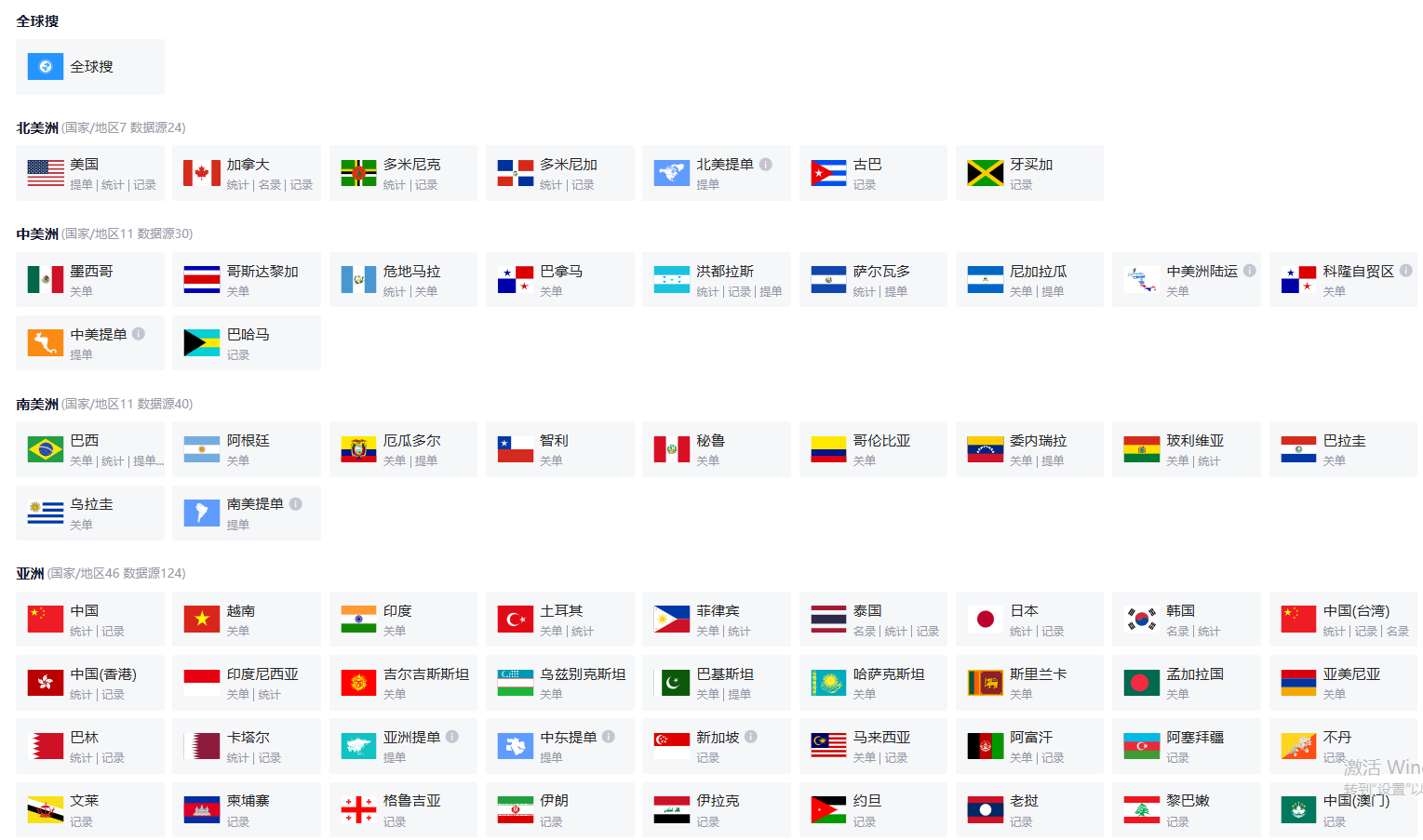
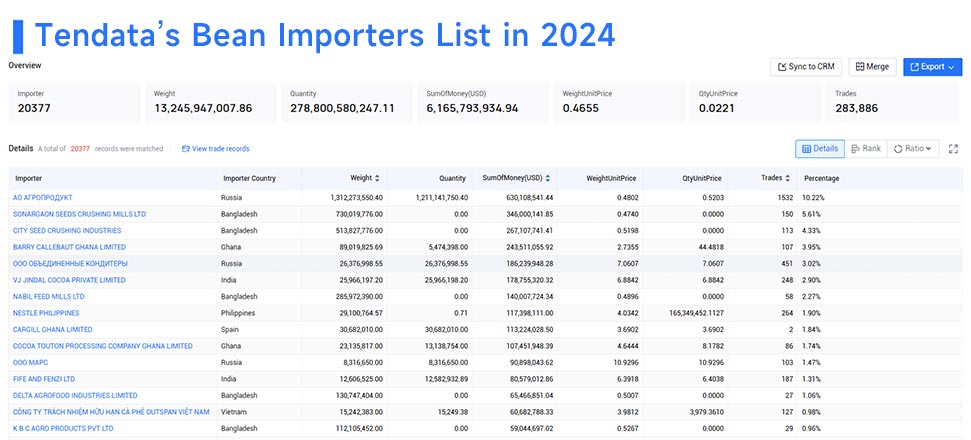
Category
Leave Message for Demo Request or Questions


 T-info
T-info T-discovery
T-discovery

 My
Tendata
My
Tendata Market Analysis
Market Analysis Customer
Development
Customer
Development Competitor
Monitoring
Competitor
Monitoring Customer Relationship
Customer Relationship






